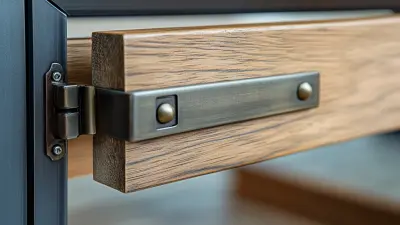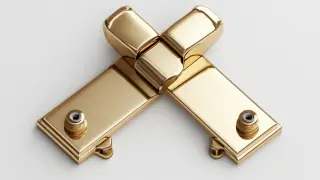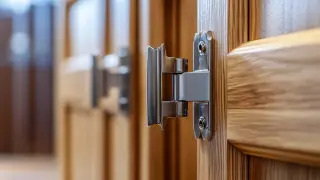Leave Your Message
So, very different to using the sort of manufacturing hardware quality hinges in arguments utilization functionality and durability, it is very important for applications to choose the right types of blinds harmoniously. Even though there might be a lot of options available in the market, there are some problems that usually come with most of the manufacturers that can affect overall quality and performance. Knowing about those difficulties and understanding their various industry requirements can significantly ease up the selection process and boost the outputs in the end.
What matters a lot is knowing how to choose different types of hinges so the virgin customer demands are clearly met. YOUDO has almost 20 years dedicated to making ways in high hardware solutions and has built a solid reputation within the industry. In sharing its presence within these five continents, having its own brand agents, GUANGDONG CANHUANG PRECISION HARDWARE Co., LTD will give you the best in solving manufacturers' woes during hinge selection.
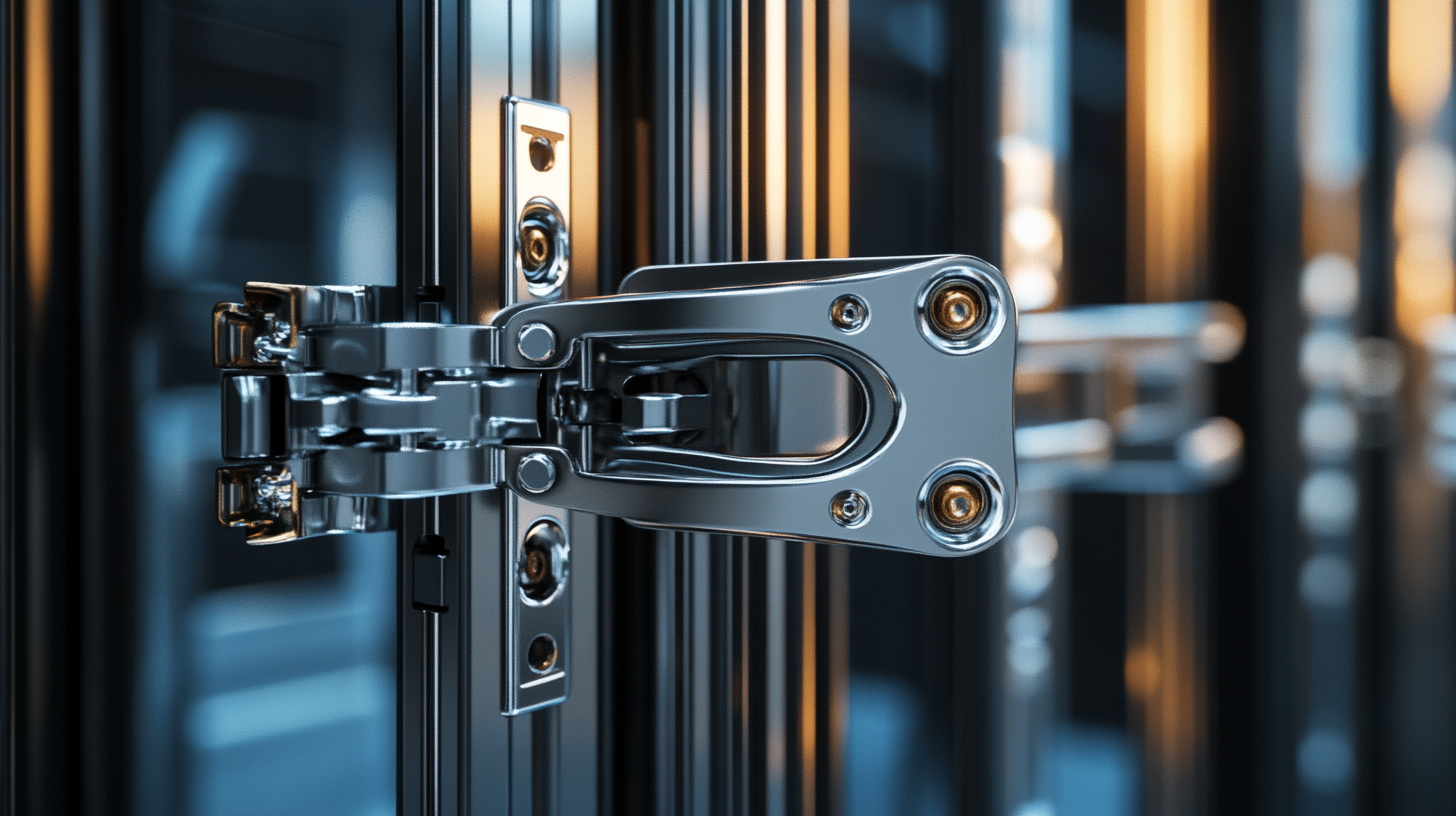
Choosing the proper type of hinge is critical in the manufacturing process for functionality, durability, and aesthetics. Different manufacturers usually consider these key types of hinges: butt hinges, continuous hinges, and concealed hinges, all counterbalancing particular applications based on the requirements of the end product. Butt hinges are one of the most popular types; they generally consist of two rectangular plates joined by a pin. They can be found widely in doors and cabinetry, providing a very strong and stable pivot point. Because of their versatility, they are used with many materials, such as wood and metal, and are found across many applications in many industries. The distinguishing feature of continuous or piano hinges lies in their steady, uninterrupted design, which bestows extra strength and support. This characteristic secures hinges to demanding applications for anything that is considered to be heavy-duty, such as inside an industrial machine or on large doors. Basically, concealed hinges offer a neat and non-obtrusive surface, which completely hides the hinge mechanism when the door or panel is closed. The concealed hinge is a large factor in modern cabinetry and furniture design, where physical appearance is paramount. Basic knowledge about each hinge type's features and uses is essential for manufacturers to make well-informed decisions to meet product aims.
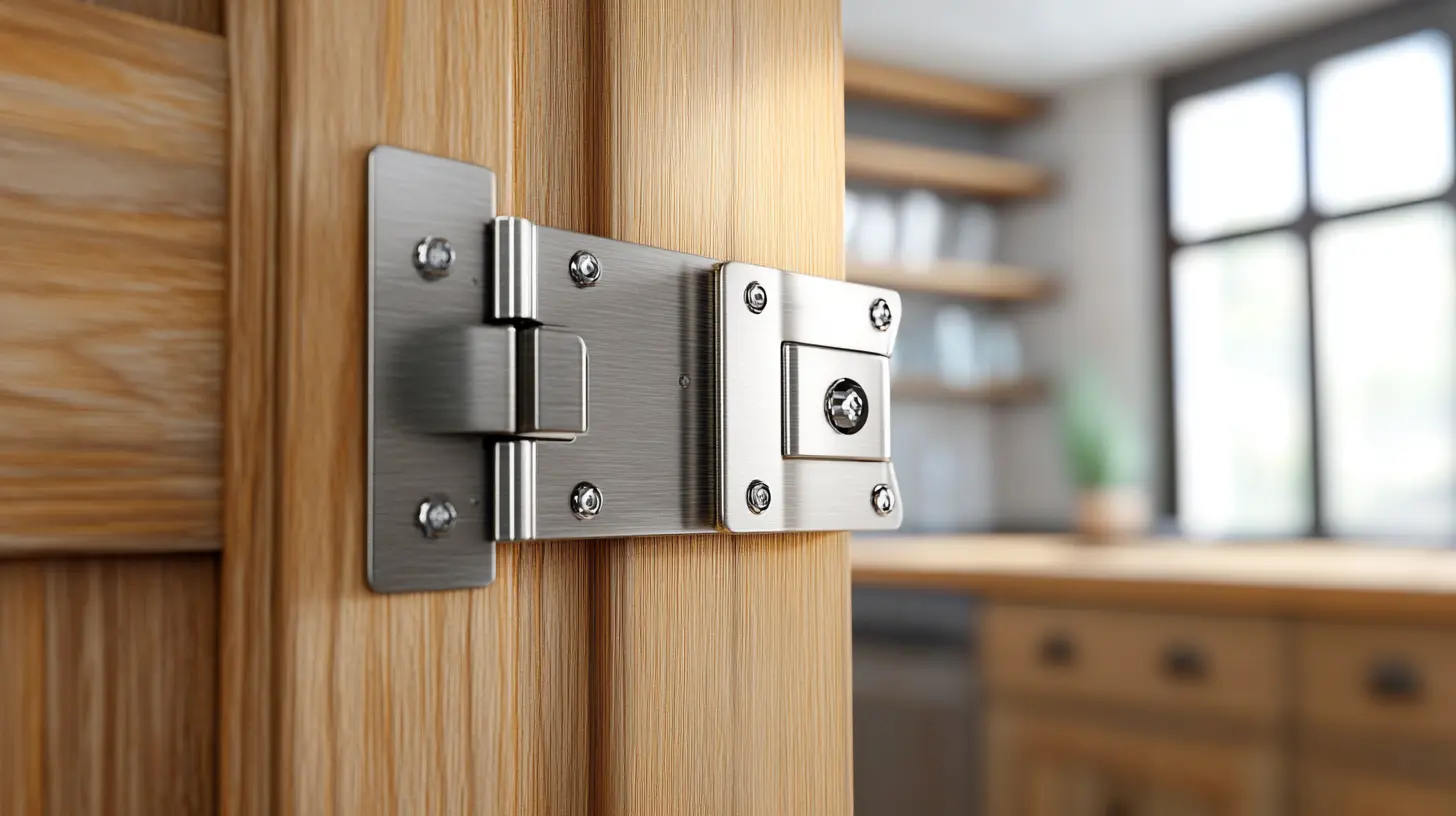
Material selection is one of the important factors in hinge manufacturing. Stainless steel, brass, aluminum, and plastic are the most common materials used in manufacturing hinges; each of these materials has its own characteristics that make it suitable for different applications. Smithers' report states that over the period 2021-2026, the global hinge market is predicted to grow with a CAGR of 4.5% majorly owned to applications in the automotive and construction industry.
Stainless steel is hands-down the best choice when the hinge is to be kept outdoors or in an area likely to be subjected to moisture. It is the most popular because it is very durable, and corrosion resistant, or according to study - "Hinges of steel - International Journal of Engineering Research and Applications" - they stand a remarkably long lifespan (often more than 20 years), thus saving good costs in the long run.
Brass hinges are, however, chosen for their aesthetic aspect and their excellent ease of machining. They are most usually found in cabinetry and furniture, where form and function must go hand in hand. Demand for brass hinges, as stated by the American Metal Market, has increased by three percent per annum over the last five years, showing that consumers are leaning toward stylish yet practical hardware.
Aluminum and plastic are being increasingly employed in lightweight applications, especially aerospace and automotive applications. The use of lightweight materials such as aluminum can lower the operating costs, while plastic hinges resist corrosion and find application use in moist chemical conditions. A recent market analysis conducted by Grand View Research found that the demand for composite material hinges is likely to increase significantly, owing to their lightweight as well as customizable attributes, which can be adopted easily into today's manufacturing processes.
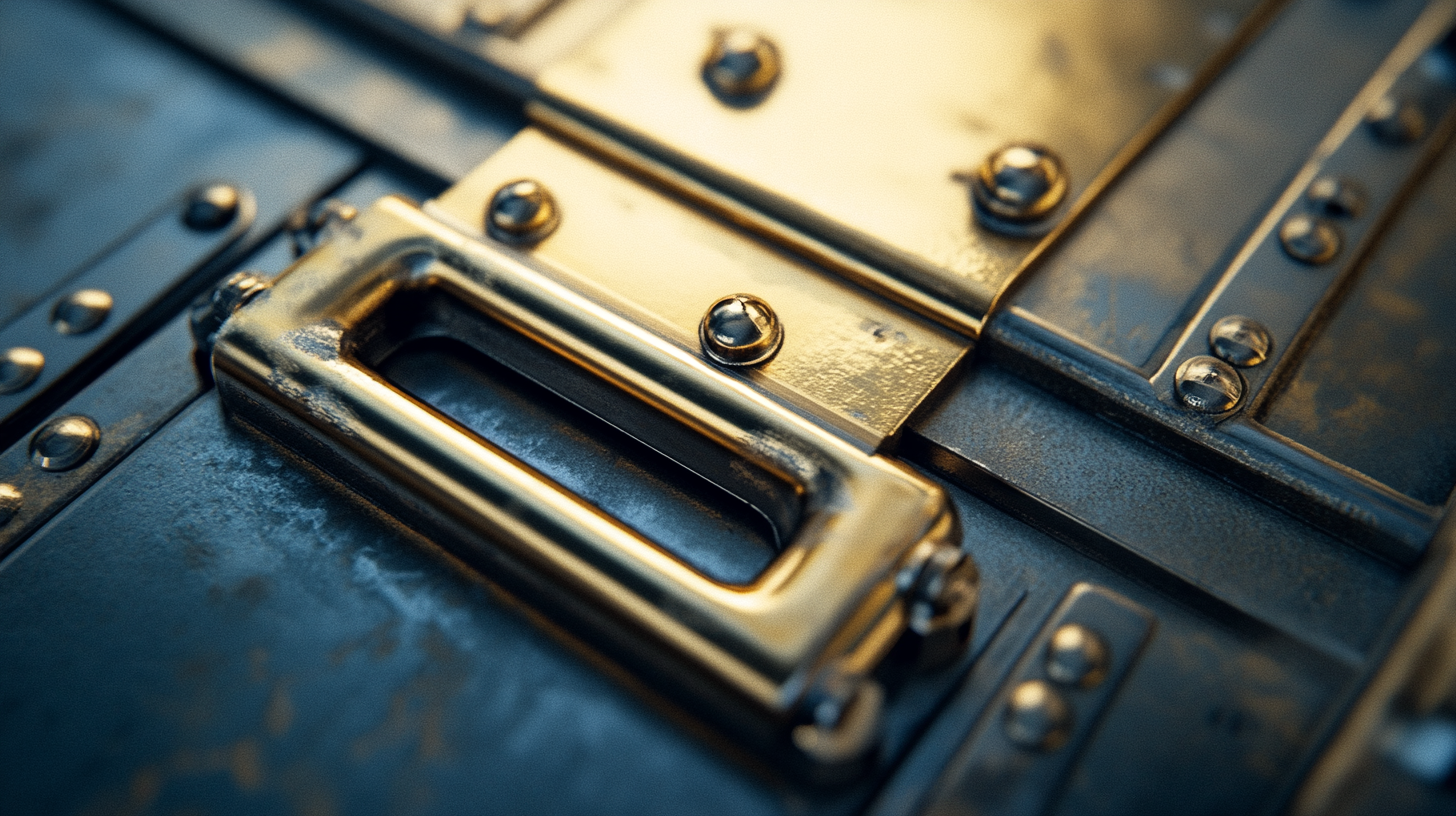
While selecting hinges for manufacturing, it becomes essential to know load capacity and durability requirements since they are among the parameters that guarantee the longevity and functioning of a final product. Load capacity is the maximum weight that a hinge can withstand without taking permanent deformation. Therefore, it is imperative that the hinge specifications match the intended application since different applications might impose different weight loads on the hinge. For example, a heavy door or a huge industrial machine would require a heavier hinge than a lightweight cabinet door; thus, the manufacturer needs to have an idea of what the load will be to avoid possible failure.
Durability in hinge selection reflects the time under which a hinge will keep on working, with capability under stress and environmental conditions. Depending on the material composition and its exposure to moisture coupled with temperature alternation, the lifespan of a hinge could be seriously compromised. The environment for external application should support materials that have resistance to rust, such as stainless steel or galvanized finishes, to face weather elements. The cycle life, which refers to how many times a hinge can open and close before failure, should also play a role in the hinge-selection process to correspond with the manufacturer's expectation of durability.
Thus, the thorough evaluation of load capacity and durability requirements would enable the manufacturers to make better decisions in assessing the performance of their products. This would further lessen any problems down the line and generally contribute to a better final assembly.
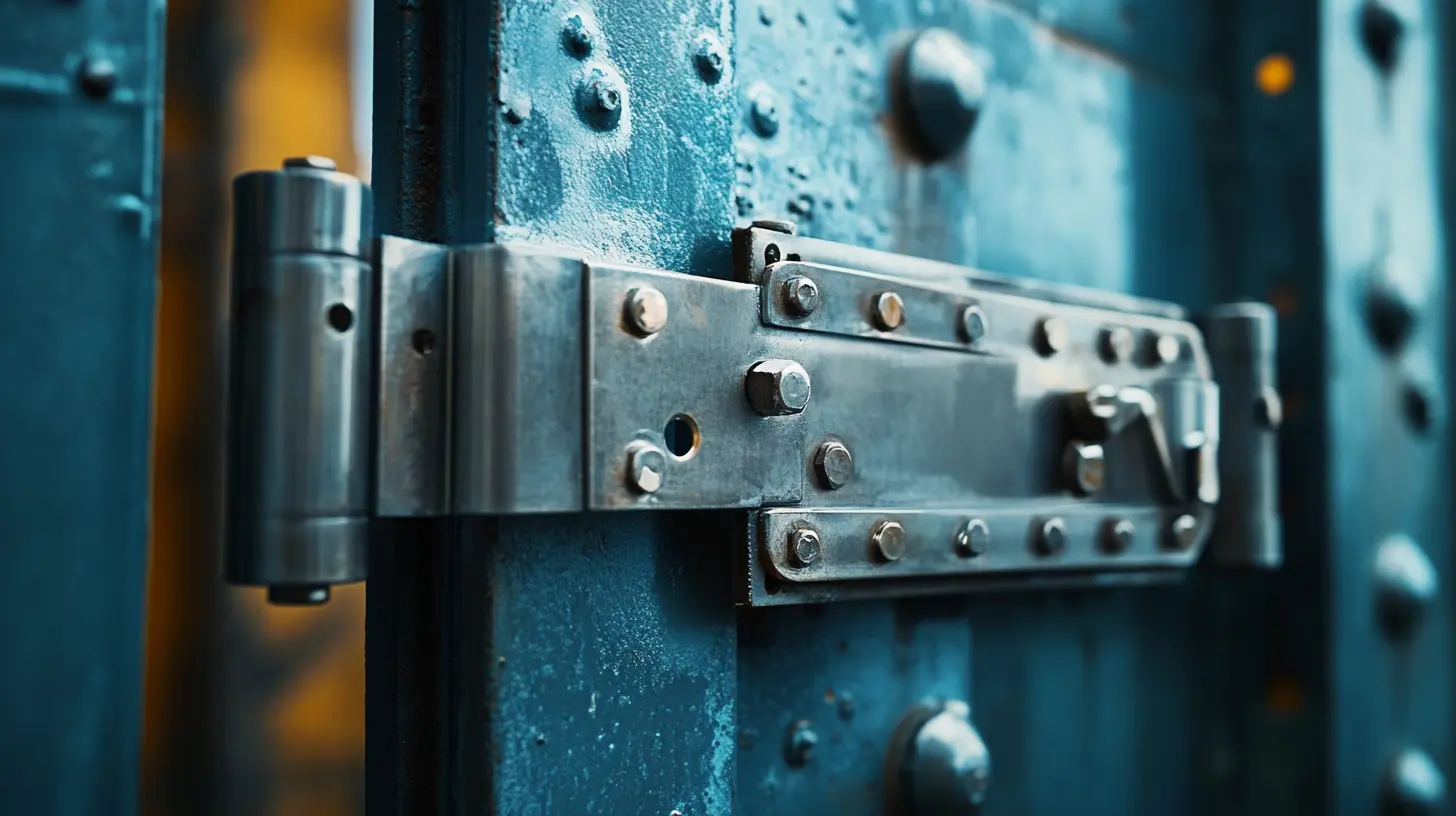
The aesthetics of the hinges often go unnoticed when one discusses product design, even though it plays a vital role in the overall image of the product. Hinge aesthetics may considerably alter the way in which an item functions, further affecting the appearance and consumer preference. The brand image is also part of the other perspective along with the bunch of components the designers need to consider when they intend to design hinges.
Hinges must beautify themselves along with the type of the product and its constituent material. The reason is, effective requirements for the new hinges are those that are streamlined and nonintrusive for designs that are clean, new, and modern. In contrast, vintage or rustic designs can profit from some decorative ornamental hinges. With the hinge design personalized to the aesthetics of the product, a consistent final look can be built to enhance the values of experience and enrich the user's interface worth. This attention to detail would infer quality and thoughtfulness, two characteristics that appeal to the discerning audience.
The surface finish of a hinge, brushed, polished, or painted, could change the perception significantly. A hinge in a proper finish is well performing and contributes significantly to brand identity. It tends to create a visual uniformity across the overall product line. Thus the aesthetics of hinges should not be appended in the end, but rather inherently part of the design process in making the product visually appealing and functional.
Accurate hinge sizing and alignment pose the most commonly faced challenges which engineers have while selecting a hinge for manufacturing applications. As per the report released by the Manufacturing Institute, improper selection and alignment of the hinge can lead to break-downs in the operations and can further increase costs by nearly 20% because of more downtime and repairs. A dimension miscalculation could result in strain on the full assembly, thus being a possible cause for premature wear and other complications.
Thus, for the manufacturers to overcome the problem, they need to develop a systematic approach towards hinge sizing. CAD tools will significantly improve accuracy during the very early stages of design. Of the manufacturers who put in place advanced systems of CAD, 75% reported fewer assembly problems with the added benefit of the technology, as per a survey conducted by the National Institute of Standards and Technology. This system allows accurate virtual testing and measuring, thus making faster the design phase and cuts errors before production takes place.
In combination of these elements, training and resources for staff can enhance the potential in teams to understand better the mechanics of different hinge types and their applications. A latest market view says that `The companies focusing on employee training in hinge technology will see a 15% betterment of product reliability. By bringing deep knowledge of hinge dynamics, the manufacturers will enable the proper alignment and sizing for better product performance and longevity.
Hinge manufacturers face a lot of problems as they bypass the hurdles that lie between form and function to make a selection. One of the crucial key issues is to understand the application-specific requirements. Different hinge types account for arbitrary variations in load capacity, range of motion, and resistance to environmental hazards. Thus, unique requirements will be placed on each project. For example, a hinge mounted on a heavy-duty industrial gate is hardly the same as one mounted on a delicate piece of electronics. One can begin to appreciate that such differences must be understood in the development of a hinge solution meant to serve a particular purpose without compromising on functionality or durability.
Material selection may thus usually provide challenges on its own. Manufacturers will need to determine a balance between material strength, weight, and corrosion resistance, dictated by the environment in which these will be functioning. Stainless steel hinges for example, may be suited for outdoor applications because it does not rust easily but might be unreasonably heavy for some applications. Lighter plastic hinges might offer weight savings but may not be robust against adverse conditions. Material selection therefore becomes one of the more critical factors in hinge longevity and performance, often requiring opinions from hinge technology specialists.
Lead times and production costs are additional complicating factors surrounding custom hinge solutions. Customization will usually require longer development periods and will raise prices because of specialized tooling and manufacturing processes. Finding a manufacturer who can produce custom hinges efficiently meeting required quality standards is paramount. By working collaboratively with designers, manufacturers can provide innovative ideas to streamline production processes and enable successful project outcomes.
These dimensions have to work in the balance of cost-effective and quality. This is the dilemma faced by most manufacturers for their low-cost hinges, in which performance and durability get compromised. The same report from Smithers Pira gives a prediction that by 2025, the global market for hinges would reach USD 5.6 billion, evidencing their growing necessity for reliable products that would conform with strictest standards. Indeed, this is a case wherein manufacturers could integrate hinge selection decisions that hinge on up-front investment and life costs.
Good hinge selection goes a long way in either improving or degrading operational efficiency as well as an overall product life. Research published by the Journal of Manufacturing Science and Engineering estimates that effective use of quality hinges can reduce maintenance costs by as much as thirty percent within five years. In contrast, they are replacements that are cheaper but stressed immediately. Moreover, it leads to perhaps downtime in the operation, resulting in eventual cranking up the overall expenditure. Manufacturers need to assess their requirements before selecting hinges so that they can use a cost-effective solution in the long term.
Choosing the right hinge isn't just about the upfront cost; it considers material properties and performance specifications. For example, stainless steel hinges usually cost more than plastic hinges and are much more resistant to corrosion and have a longer life. According to the National Association of Manufacturers, almost half of the manufacturing executives say that quality improvements really cause customer satisfaction and loyalty. This emphasizes the fact that it is necessary to decide the financial arrangements according to the bigger perspective concerning high-quality products for the market using making informed decisions.
The environmental factors that can affect the performance and lifetime of hinges are of prime importance when they are being selected for manufacture. Just as political and social circumstances have implications for organizations, strategies, and processes—the recent turmoil surrounding Hong Kong's Democratic Party is a case in point—so too do material choices and manufacturing processes have to factor in outside conditions. Correlatively, various hinge types can see their physical integrity and longevity greatly affected by changes in humidity, temperature fluctuations, and corrosive agents.
This stands to reason, as some environmental influences may overshadow genetic predispositions, as reported in a recent study on metacognition. This defines the hinge manufacturing domain in which the materials and designs chosen must adapt to the peculiar circumstances they will be required to face. The corrosion resistance of stainless steel would favor that kind of hinge used in coastal settings, while plastic hinges would usefully serve, in comparatively calm environments, to cater to critical weight-saving requirements. Manufacturers will have to factor in such environmental conditions to show that their hinges will not only work but last, thus affecting the product's reliability and customer satisfaction.
Hinge aesthetics play a crucial role in the overall perception of a finished product, affecting both functionality and appearance, which influences consumer choices and brand reputation.
The selection of hinges should complement the style and material of the product, with sleek designs requiring minimalistic hinges and vintage designs benefiting from decorative options.
The finish of a hinge—such as brushed, polished, or painted—can alter consumer perception, contributing to the brand’s identity and establishing visual consistency.
Key challenges include assessing specific application requirements, understanding load capacities, ranges of motion, and environmental resistances.
Material selection is critical for longevity and performance; different materials offer varying strengths, weights, and corrosion resistances that need to match the application environment.
Customization can lead to longer development periods and increased costs because of the need for specialized tooling and processes, making collaboration essential for efficiency.
Understanding the unique demands of each project and collaborating closely with engineers who specialize in hinge technology is essential to meet functionality and durability requirements.
Hinge aesthetics should be an integral part of the design process, as they enhance the product's appeal and signal quality and thoughtfulness to consumers.
